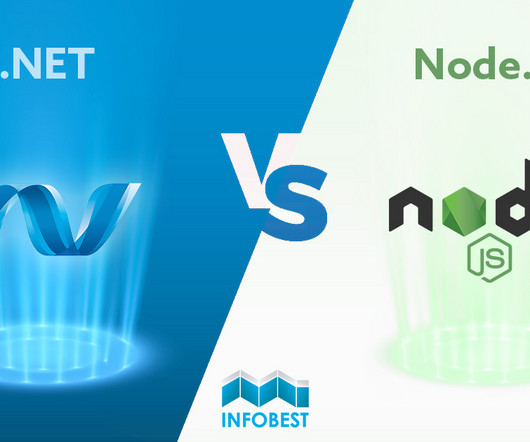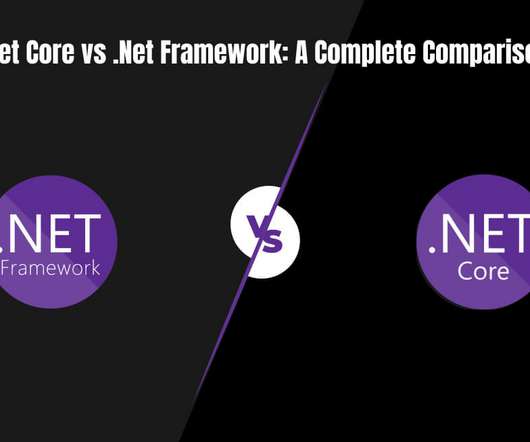What is the Future of.NET in 2023?
InfoBest
MARCH 28, 2023
Since its launch in 2002,NET has been a popular choice among developers due to its ease of use and flexibility when building software applications. The DOTNET Framework includes several components such as ASP.NET, ADO.NET, WPF, WCF, MVC, Entity Framework, LINQ, etc. It’s hard to keep up, let alone predict the future.















Let's personalize your content